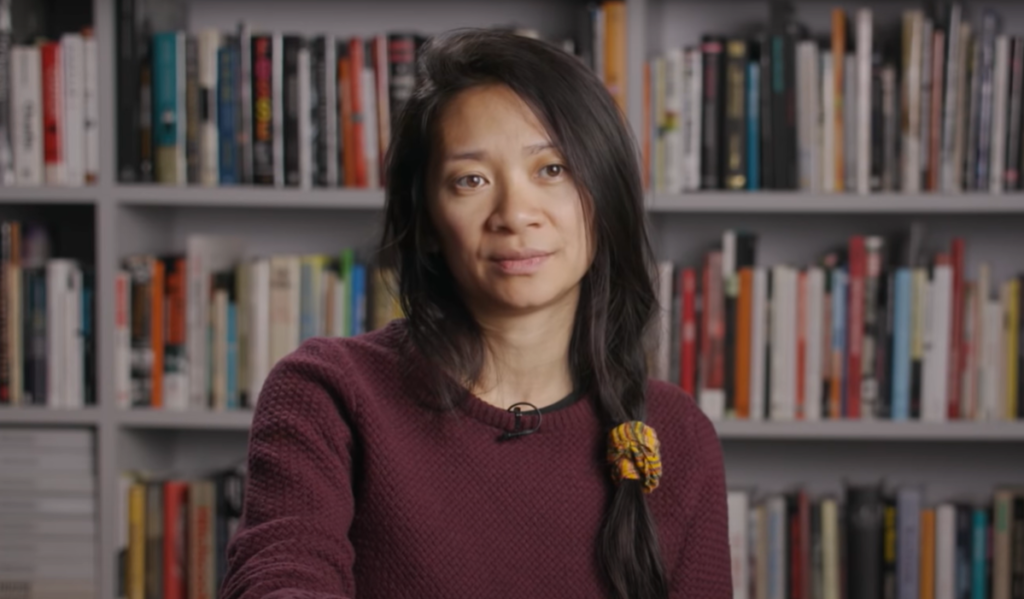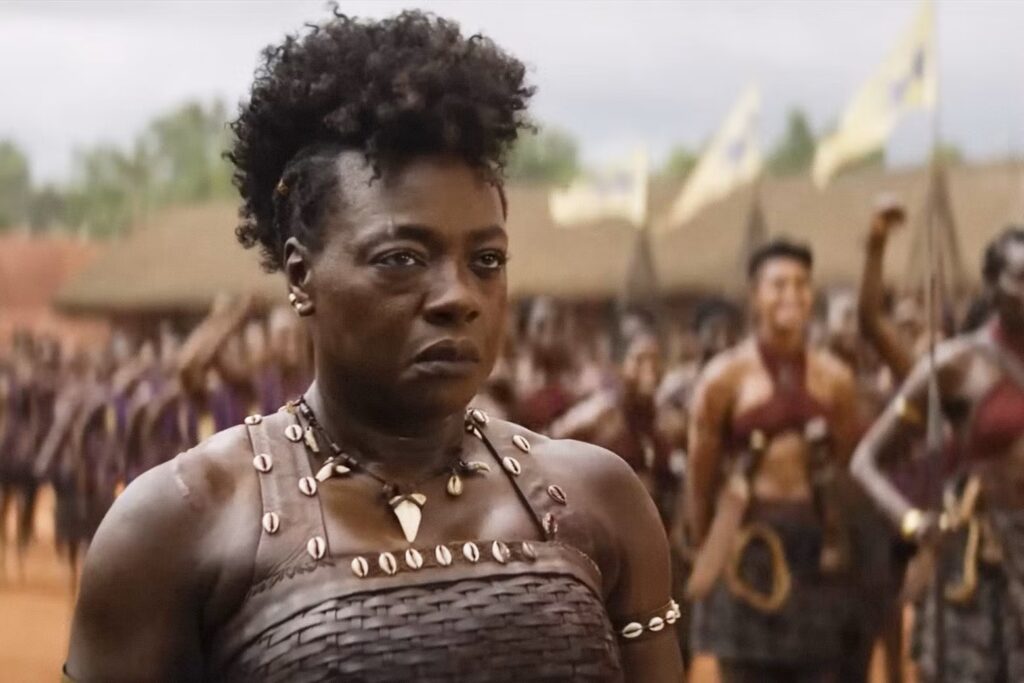It’s no secret that women are underrepresented as speaking characters, directors, screenwriters, and producers in Hollywood’s highest-earning films. But a new study from Dr. Stacy L. Smith, the Annenberg Inclusion Initiative, and Women in Animation (WIA) has highlighted yet another egregious gender gap in film. According to “Invisible in Visual Effects: Understanding the Prevalence and Experiences of Women in the Field,” women received only 21.6 percent of visual effects (VFX) credits among the 400 top-grossing films from 2016 to 2019. In other words, among popular movies, there were 3.6 men working in VFX for every one woman.
The report concludes that women held just 16.2 percent of senior VFX positions during the considered timeframe. Breaking this statistic down further, the ratio of women varied widely by role: women made up 2.9 percent of VFX supervisors, 46.7 percent of VFX producers, 23 percent of VFX editors, 3.7 percent of animation supervisors, two percent of lighting supervisors, 7.4 percent of compositing supervisors, and 3.5 percent of CG/3D supervisors.
Women of color are particularly underrepresented in the VFX field. From 2016 to 2019, WOC held only 2.5 percent of leadership roles, and less than one percent of VFX supervisor positions. Overall, there were 208 male VFX supervisors for every woman of color. Per a press release for the study, “Women of color were most likely to be VFX producers (5.8% of all roles) or VFX editors (5.1% of all roles), but held only 1% of other leadership positions.”
Female VFX professionals don’t fare much better at awards ceremonies. In the past decade, “Ex Machina’s” Sara Bennett has been the only woman to win the Oscar for Best Visual Effects. Only one woman besides Bennett has ever won (Suzanne M. Benson for “Aliens”) and just two others have been nominated (“Cliffhanger’s” Pamela Easley and “Love and Monsters'” Genevieve Camilleri). At the Visual Effects Society Awards, women comprised 12.8 percent of nominees and 9.3 percent of winners from 2016 to 2020. Women of color represented 2.1 percent of nominees, and none of them won.
“The lack of women in the visual effects industry is part of a larger pattern of exclusion across the film industry,” Smith said. “VFX companies and studios have to think critically about their hiring and promotion practices as well as the cultures they create internally if they want to see more women and in particular women of color ascending to leadership roles.”
They will also have to address their pipeline problems. As “Invisible in Visual Effects” points out, the higher up the leadership chain you go, the fewer women you’ll see. Women “fill between 13.9% and 21.5% of pipeline jobs, but these figures plummet to less than 10% of leadership positions. Even in producing roles, women fill nearly two-thirds of production coordinator roles, but their prevalence drops to less than half of producers.”
Looking at the leadership at the 60 top VFX companies, the study concludes that women comprised just under 27 percent of executives during the timeframe studied. Just 5.5 percent of execs were women of color. Top-tier companies — i.e. the ones who most frequently worked on the highest-grossing films — featured the highest figure of women and women of color execs: 30 percent and 6.2 percent, respectively. Middle-tier companies had 24.8 percent women execs and 4.8 percent WOC execs, and the respective numbers were 21.4 percent and 4.8 percent at the lowest-tier companies.
“As the data from this landmark study shows, there are clearly obstacles in place for women in the realm of visual effects,” WIA president Marge Dean stated. “We hope that this fact-based awareness will open more doors and repair broken rungs on the leadership ladder to create a more diverse and inclusive environment in this sector of the entertainment industry.”
Click here to read “Invisible in Visual Effects” in full. The Inclusion Initiative and WIA previously collaborated on the study “Increasing Inclusion in Animation.”







